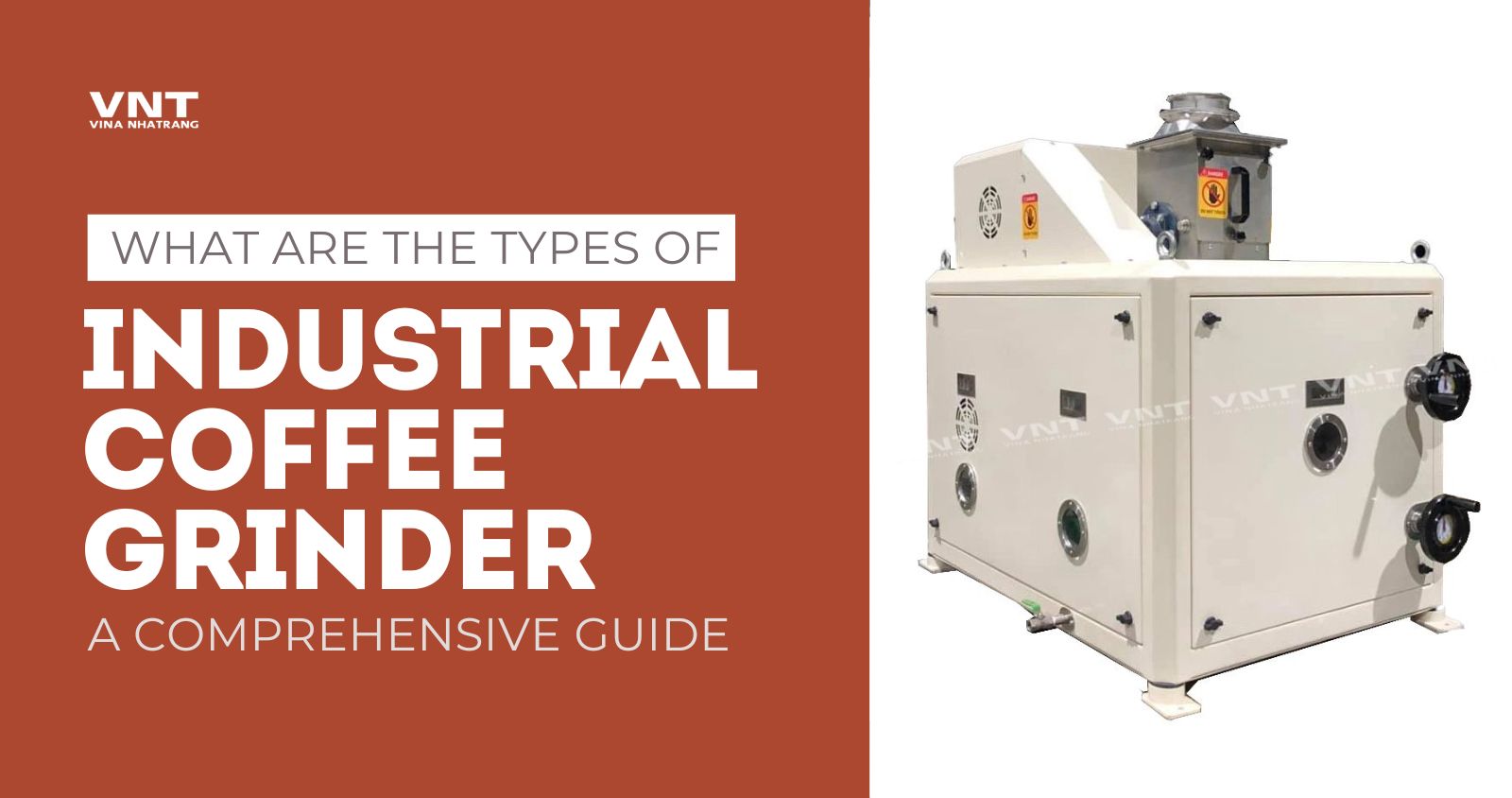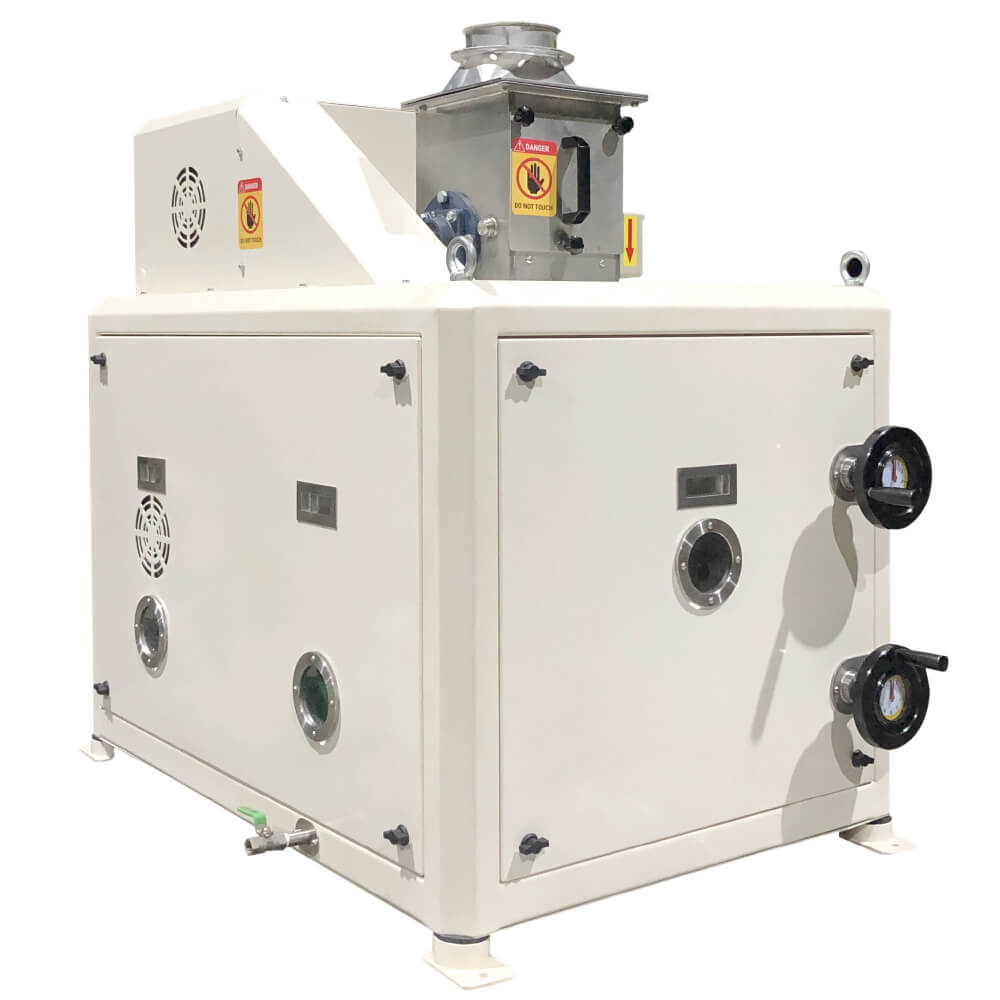Industrial Coffee Grinder: Important Qualities to Consider When Shopping
Industrial Coffee Grinder: Important Qualities to Consider When Shopping
Blog Article
Industrial Coffee Mill Guide: Increase Effectiveness and Top Quality
In the competitive landscape of coffee production, selecting the ideal commercial coffee mill plays a critical duty in boosting both performance and product high quality. Recognizing the subtleties of numerous grinder kinds and vital features-- such as customizable grind settings and durable construction-- can substantially influence the final taste account of the coffee. Furthermore, the optimization of the grinding process, coupled with thorough maintenance, is vital for sustaining performance with time. As we explore these vital elements, it becomes evident that the effects prolong beyond plain tools selection, impacting total service success in manner ins which call for closer assessment.
Recognizing Mill Kinds
When choosing an industrial coffee mill, comprehending the different types available is critical for optimizing both flavor extraction and operational effectiveness. The 2 main types of grinders are blade grinders and burr mills.

Eventually, picking the best kind of grinder is integral to preserving top quality and effectiveness in coffee manufacturing, making it critical for companies to buy top quality burr mills for optimal outcomes.
Secret Attributes to Consider
Choosing a commercial coffee mill needs careful factor to consider of several crucial attributes that can dramatically influence both performance and the general coffee experience. Among the key aspects to examine is the grinding device. Burr mills are generally chosen over blade grinders, as they supply a regular grind size, which is important for optimum removal and taste.
An additional essential feature is the grinder's capacity. A versatile mill with numerous setups allows you to customize the work dimension to different brewing methods, enhancing the coffee's flavor profile.
The building material likewise contributes in sturdiness and maintenance. Stainless steel elements often offer long life and are less complicated to cleanse, which is crucial for keeping health requirements. Review the mill's noise level, specifically in a hectic café or production environment, where excessive noise can be disruptive. Spending in a mill that balances these features can greatly boost both operational efficiency and the top quality of the coffee served.
Optimizing Grinding Process
To achieve the ideal cause coffee preparation, optimizing the grinding procedure is necessary. The work dimension substantially affects removal, taste, and general quality of the made coffee. Different developing techniques require particular grind dimensions; for circumstances, coffee requires a fine grind, while French press necessitates a crude texture. Recognizing the connection in between work dimension and developing method is the very first action in optimization.


Additionally, keeping an eye on the grinding rate can maximize the process. Slower grinding frequently creates less heat, protecting delicate flavors and aromas. Conversely, faster grinding may generate excessive heat, adversely influencing the coffee's top quality.
Upkeep and Treatment Tips
Correct upkeep and treatment of commercial coffee grinders are vital for making sure ideal performance and longevity. Routine cleaning is the structure of upkeep; residue accumulation can influence taste and grinding effectiveness. It is suggested to clean up the mill after each usage, wiping down the exterior and getting rid of any coffee premises from the burrs.
Furthermore, check the grinding burrs for wear and tear. Plain burrs can compromise grind uniformity, wikipedia reference so they must be replaced as essential. Industrial Coffee Grinder. Occasionally calibrating the grinder is additionally critical, as this preserves the preferred grind dimension for various developing techniques
Lubrication of moving components ought to be performed according to the supplier's specs, as this reduces rubbing and prolongs the life of the tools. It is important to utilize food-grade lubricants to make certain security and compliance with health guidelines.
Lastly, maintain the grinder in a stable and completely dry atmosphere to avoid corrosion and corrosion. By sticking to these upkeep and care tips, drivers can improve the effectiveness of their industrial coffee grinders while ensuring top quality result and prolonged operational life.
Return on Financial Investment Evaluation
Examining the return on financial investment (ROI) for commercial coffee mills is essential for services looking for to maximize their coffee production capabilities. A detailed ROI analysis helps identify the monetary stability of spending in top quality grinders, permitting companies to evaluate the preliminary prices against possible gains.
Analyze the acquisition cost of the grinder, consisting of setup and any essential alterations to existing facilities. High-performance grinders usually lead to lowered grinding time and boosted throughput, which can considerably boost efficiency.
Additionally, take into consideration the effect on product top quality. Industrial Coffee Grinder. Superior mills yield an even more constant work size, which can boost flavor accounts and client fulfillment, eventually driving sales. By increasing the top quality of the last product, organizations can warrant higher rates, causing enhanced income
Final Thought
In summary, a commercial coffee mill plays a critical duty in improving both effectiveness and item top quality within coffee production. By choosing top quality burr grinders outfitted with important functions such as adjustable grind my blog settings and durable construction, services can make certain optimal flavor removal. Normal upkeep is essential for sustaining grinder efficiency and making best use of customer complete satisfaction. Eventually, the critical financial investment in a dependable grinder contributes substantially to boosted earnings and competition in the coffee sector.
In the competitive landscape of coffee production, selecting the best industrial coffee mill plays a pivotal duty in boosting both performance and item high quality. The two primary types of mills are blade mills and burr mills. Within the burr mill classification, there are level burr grinders and conical burr grinders, each with its advantages. Burr grinders are typically chosen over blade grinders, as they provide a consistent grind dimension, which is vital for ideal extraction and flavor.
In summary, an industrial coffee mill plays a pivotal duty in improving both performance and product quality within coffee manufacturing.
Report this page